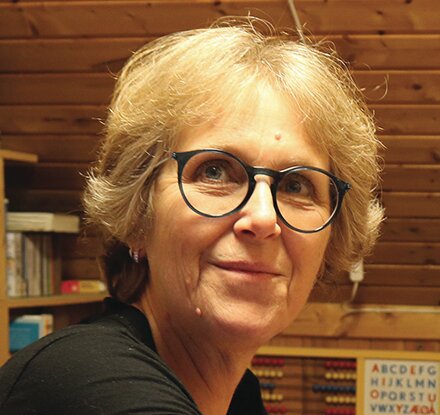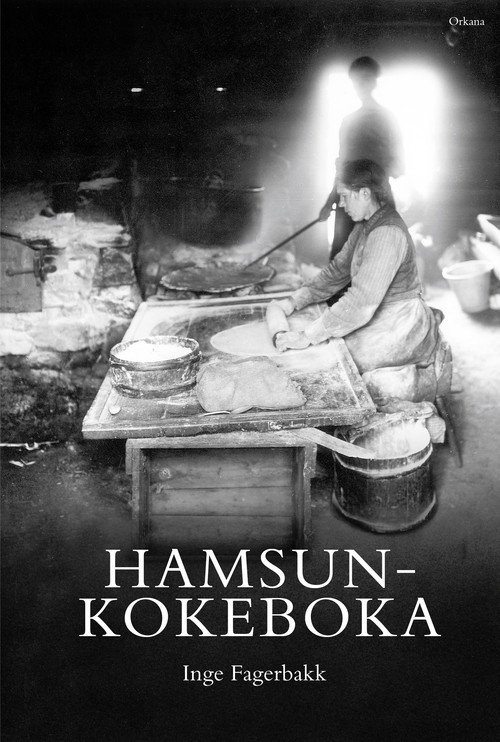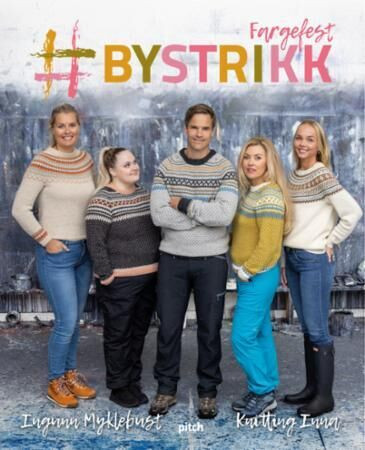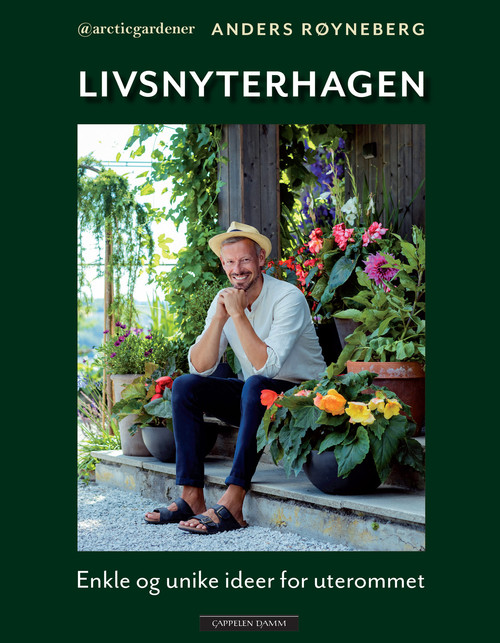Damask weaving is characterised by the pattern produced by the warp and weft, often on a satin weave foundation. On one side of the fabric the weft will constitute the base and the warp will constitute the pattern. An ordinary loom is used, with supplementary equipment for damask. A pattern shaft draw system is the most common solution, and there may be up to 75 pattern shafts on the loom, in addition to five–six ground shafts. The patterns shafts are lifted with a handle, and the ground shafts are connected with the treadles. This book, covering the set-up and weaving of damask with a draw loom and a single unit, is the first Norwegian publication in this particular field since 1849.
The book starts with a retrospective view of the history of damask, and of the Norwegian damask tradition from the 19th century. Every step of the process is described in words and pictures: from warp, warping, threading of heddles and reed, to assembly/set-up of the draw loom and how to weave on it. The book also demonstrates how to set up a single unit – and how to use it. Opphamta on a single unit is also explained. The introduction to pattern drawing is an important part of the book. It also contains several complete patterns adjusted to the range of 10−75 shafts. New weaving methods and facilities are presented, and drawings explain how to make draw loom and single unit. The book is richly illustrated with work descriptions, patterns and beautiful damask designs.






